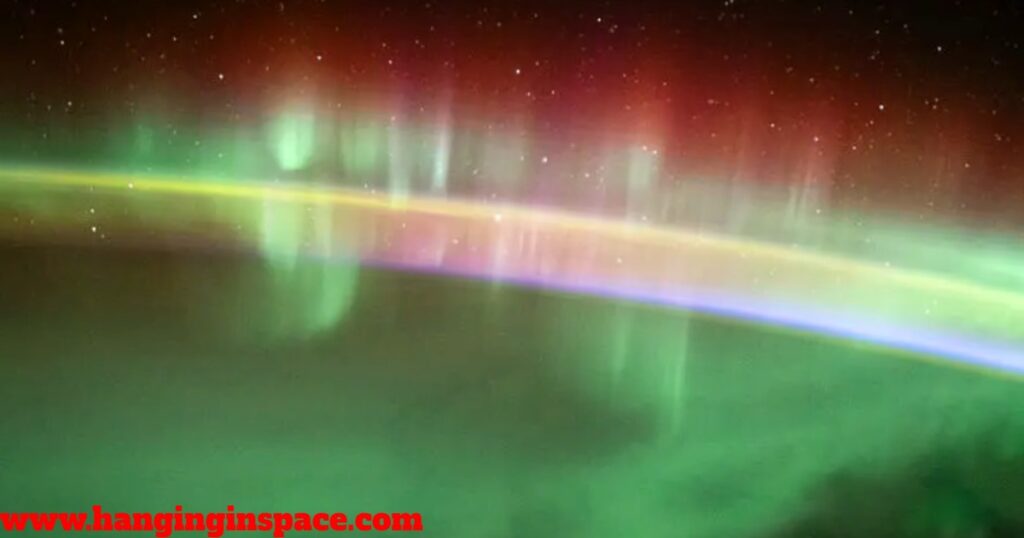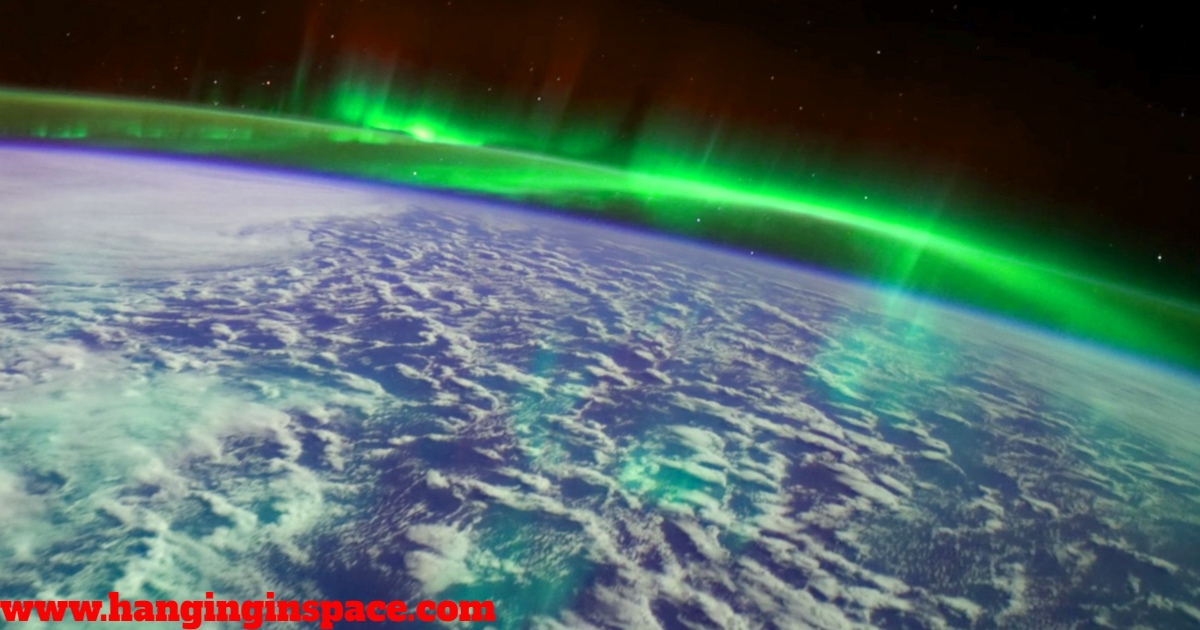Auroras are beautiful natural light shows that decorate the polar sky with beautiful patterns. They are also referred to as the Northern Lights (Aurora Borealis) in the Northern Hemisphere and the Southern Lights (Aurora Australis) in the Southern Hemisphere.
The interactions between charged particles from the Sun and the Earth‘s magnetic field produce these fascinating events.

Overview:
The aurora borealis (northern lights) and aurora australis (southern lights) are celestial spectacles that have fascinated humanity for millennia. These vibrant displays are not just beautiful, they are a testament to the dynamic interaction between Earth’s magnetic field and the charged particles streaming from the Sun.
As these particles collide with atoms and molecules in the upper atmosphere, they release energy in the form of dazzling light, painting the night sky in a kaleidoscope of colors.
Understanding the aurora requires delving into Earth’s magnetosphere, the region of space dominated by our planet’s magnetic field. When charged particles from the Sun, known as solar wind, encounter the magnetosphere, they are channeled towards the poles.
These particles collide with air molecules in the upper atmosphere, exciting them to higher energy levels. When these excited molecules return to their ground state, they release energy in the form of visible light, creating mesmerizing auroral displays.
While the auroras are a beautiful phenomenon, they also serve as a reminder of the Sun’s influence on our planet. Studying auroras provides valuable insights into space weather and the interaction between Earth’s magnetic field and the solar wind. This knowledge helps us protect our technological infrastructure from the potential disruptions caused by solar storms.
Which nations can witness Auroras?
The Nordic nations of Iceland, Norway, Sweden, and Finland, which are located inside or close to the Arctic Circle, are the greatest spots to witness the aurora borealis. Alternatively, you may search the northwest regions of Canada, Alaska, and Russia for them.
Formation of Auroras:
We’ll discuss the reasons why and how Auroras form or what is the reason behind northern lights and southern lights:

Solar Wind and Magnetosphere Interaction:
The scientific phenomenon behind auroras begins with the Sun emitting a stream of charged particles known as the solar wind. These particles, which are mostly protons and electrons, travel through space quickly and interact with Earth’s magnetic field, which reaches into space and creates the magnetosphere, a shield that protects the planet.
The magnetosphere of Earth is compressed on the day side of the planet and elongated on the night side as a result of the solar wind’s interaction with it, which also alters the magnetic field lines. On Earth’s night side, this contact produces areas of higher magnetic energy called magnetotails.
Magnetic Reconnection:
In the scenario where the solar wind is carrying the opposite magnetic field from that of Earth’s polarities, the phenomenon known as magnetic reconnection occurs. The phenomenon enhances the nomination of the energy contained in solar wind to Earth’s magnetosphere resulting in the launching of the charged particles trapped by the magnetotail.
Color Variations:
The different colors of auroras are determined by the type of gas particles in the Earth’s atmosphere and the altitude at which the collisions occur. While nitrogen molecules can produce blue and purple hues, oxygen molecules usually produce green and red auroras.
The electrified particles follow the Earth’s magnetic field lines as they converge toward the magnetic poles in the polar regions, colliding with the atmosphere at high latitudes. The Arctic sky produces amazing light displays due to a concentrated influx of charged particles.
Intensity & Visibility:
The intensity and visibility of auroras are influenced by several factors, including solar activity, Earth’s magnetic field strength, and atmospheric conditions.
Geomagnetic storms caused by disturbances in Earth’s magnetosphere can enhance auroral activity and extend the visibility of auroras to lower latitudes than usual.
Conclusion:
As we delve deeper into the mysteries of auroras, we unlock not only the secrets of Earth’s magnetosphere but also gain valuable insights into the Sun’s influence on our planets.
